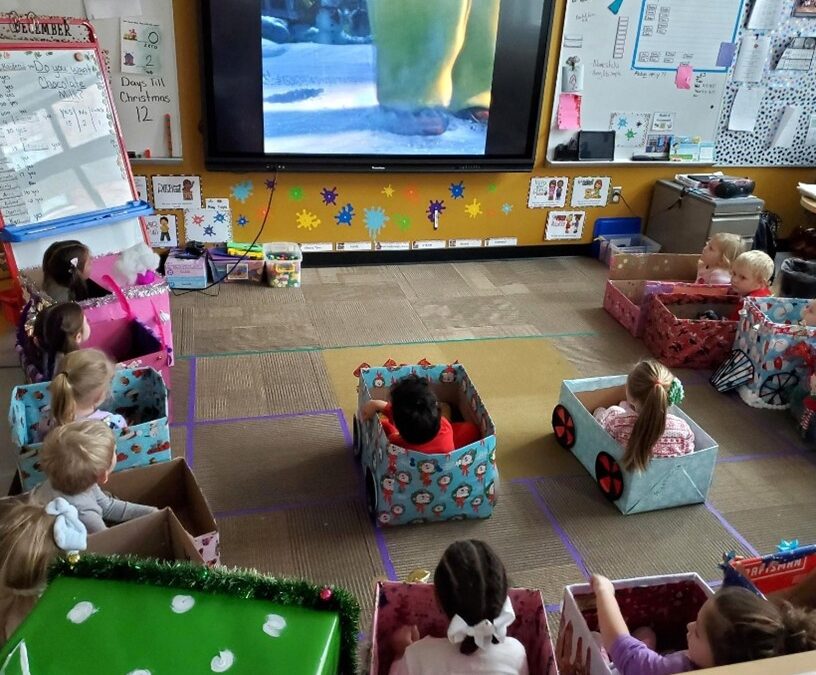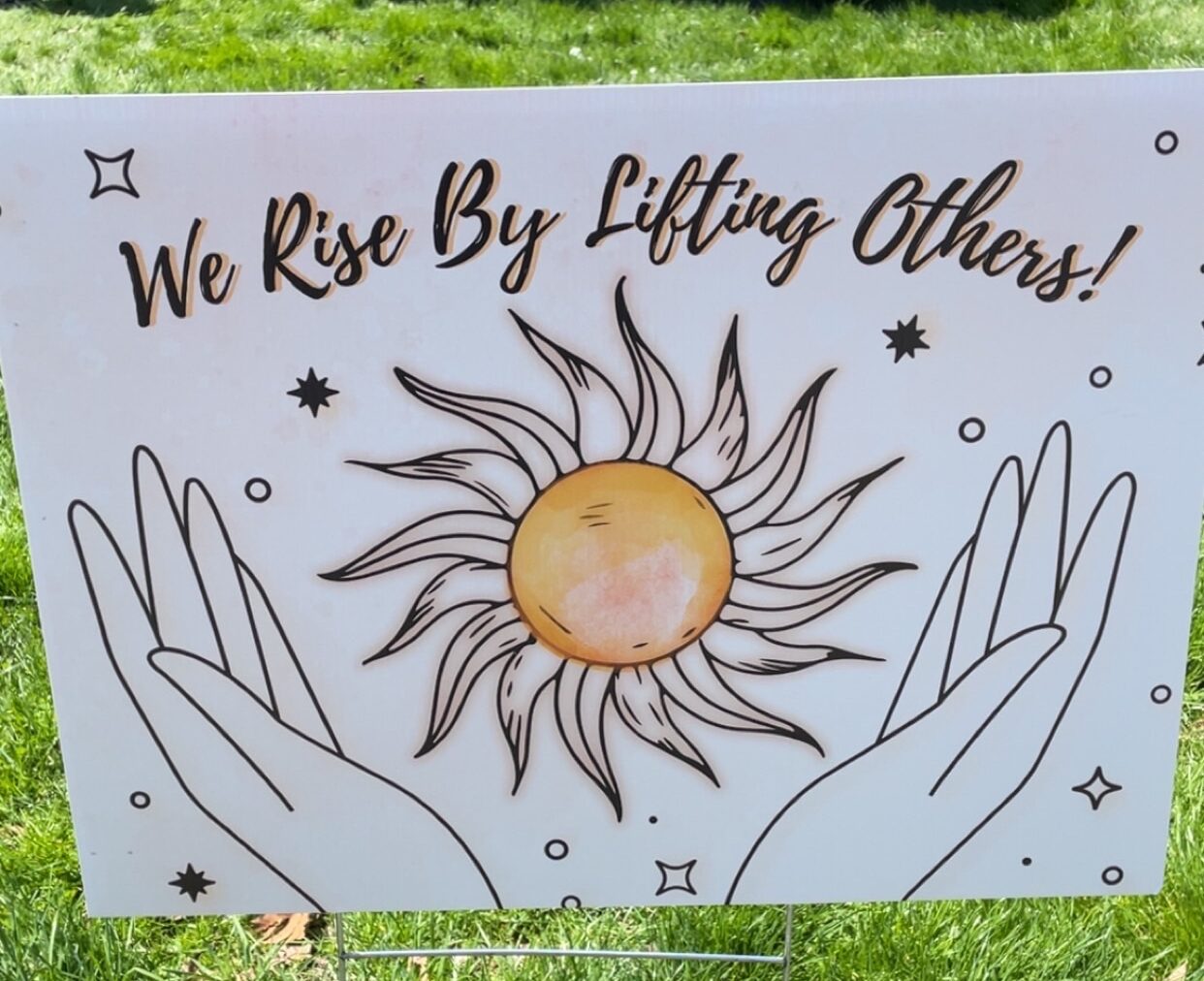April was Autism Awareness Month, or in our case, Autism Acceptance Month! On April 22nd, the Beaver Special Services Team joined together with local social services/mental health and disabilities organizations to promote inclusion, understand and accept, as well as celebrate the accomplishments and contributions of those with Autism in our community. Typically, when we think of Autism Awareness, we think of the puzzle piece as the signifier; however, in our case, we decided to wear red while also sporting an infinity symbol. We wore red to support acceptance, advocacy, and celebrate/embrace differences with love and respect. Ashlee Sydlik, colleague from Beaver County Behavioral Health (BCBH) said: “Red represents our passion and commitment to viewing Autism through a lens of strength, and promoting a fresh, empowering perspective on Autism acceptance. The infinity symbol represents the vibrant diverse experiences and infinite possibilities within the Autism spectrum.”
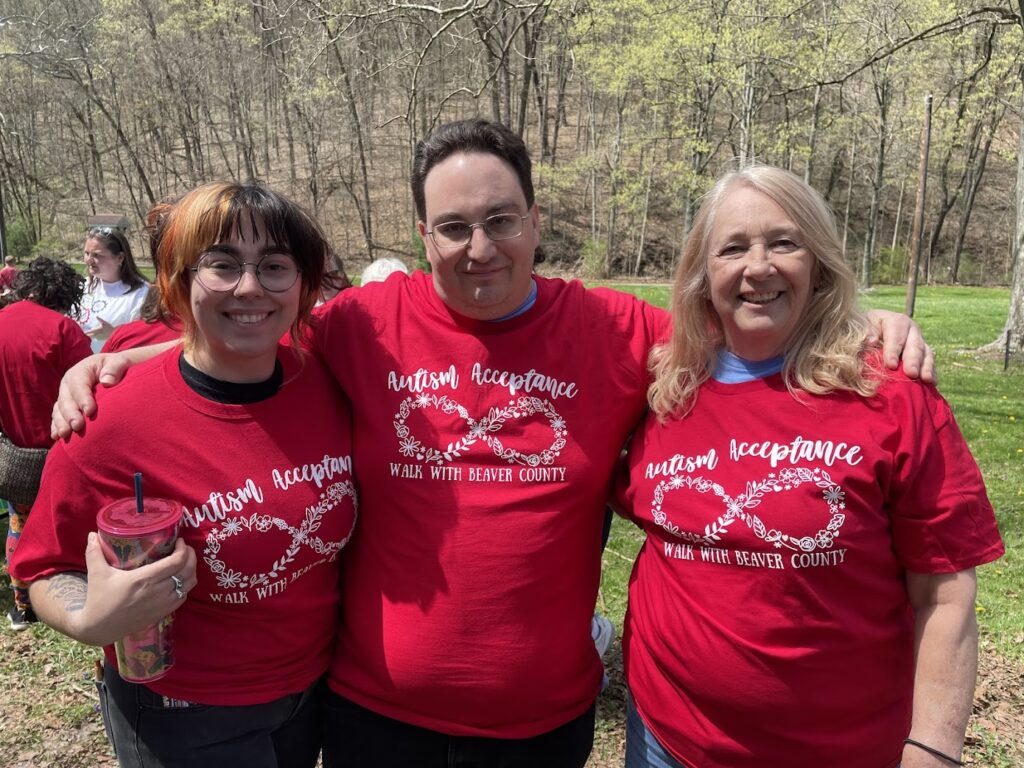
With the increase in access to diagnostic services and sensory supports, the Beaver Special Services Team, collectively, have been diversifying our knowledge to help better service our children who may have an Autism diagnosis, or other mental health diagnosis, as well as helping to support our teaching staff with engaging and connecting to our neurodivergent children. Below, you will find 5 ways that Head Start/Early Head Start staff can help support not only children with Autism, but all children:
- View Characteristics as Strengths
- Reframing behaviors that may be perceived as challenging or abnormal to see them as strengths.
- Cultivate a Community for All
- Remembering that children with Autism are children first!
- Intentionally teach, ensuring that you are promoting awareness and support for our neurodivergent children, as well as ensuring that these children are being praised for contributions.
- Not ignoring questions which could promote shame – being transparent in order to help others understand the neurodivergence of others.
- Demystifying Disability
- Intentionally teaching that disability (or difference in ability) is a part of the human experience.
- Bringing Kids Together
- Helping children to get to know one another and support them to collaborate through meaningful inclusion, and behave like everyone is a part of the community.
- Explicitly Teaching Friendship Skills
- Intentionally teaching how to be a good friend: understanding the needs of others, always anticipating and adapting to the situation, and highlighting empathy/taking feelings into account.
- Approaching/Honoring Differences in Communication
- Utilizing a multi-modal communication system (verbal and nonverbal; honoring other communication systems such as Gestalt Language Development and the utilization of assistive technology).
- Make it Clear
- Making directions and interactions explicit and intentional
- Supporting access and participation, meaning defining the undefined – what the norms are in early learning environments (i.e. talking quietly indoors, not eating other people’s food, etc.)
- Utilizing visual supports and breaking down those routines.
- Providing Sensory Support
- Everyone processes what goes on around them differently, so providing different ways to gain that sensory input can be helpful.
Most of these tips and tricks are already being implemented in our Head Start/Early Head Start Classrooms whether that is through the implementation of PBIS, Incredible Years, Conscious Discipline, or any of our other supplemental social-emotional curriculums; however, continuing to work within the growth mindset will allow us to better understand and support our classroom communities.
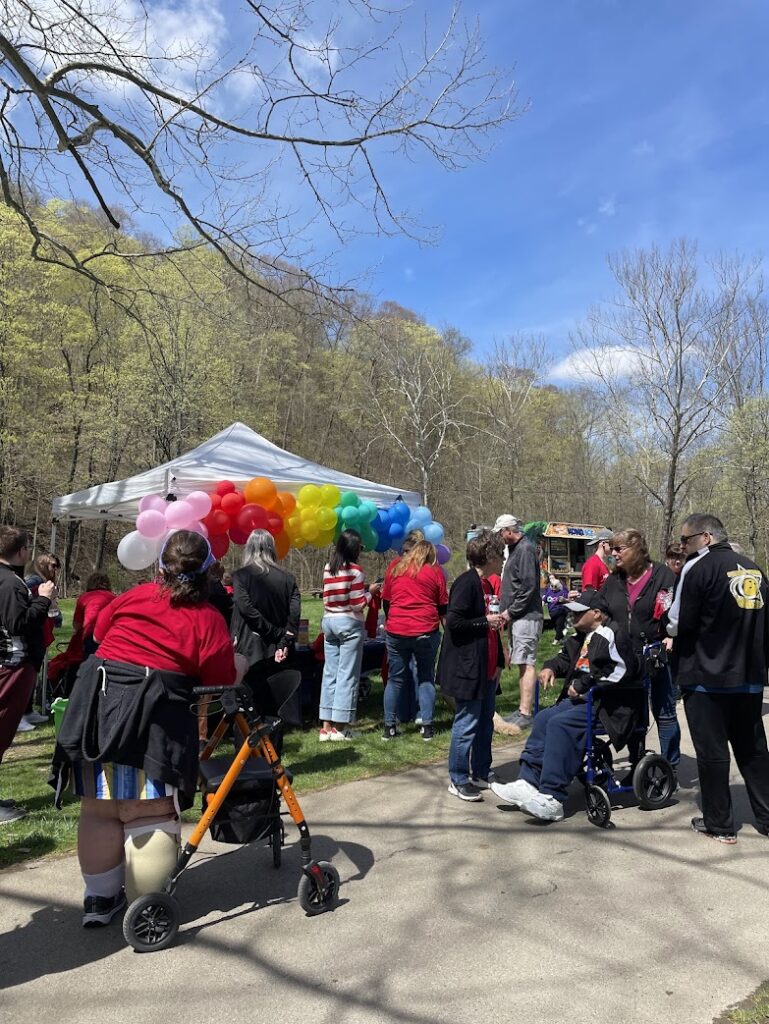

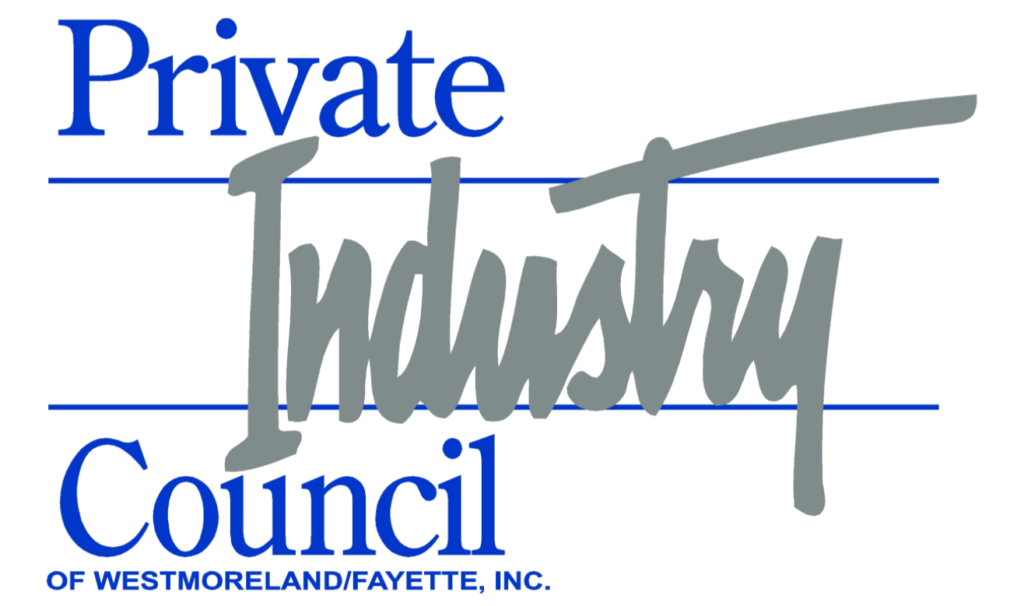



 724-836-2600
724-836-2600

